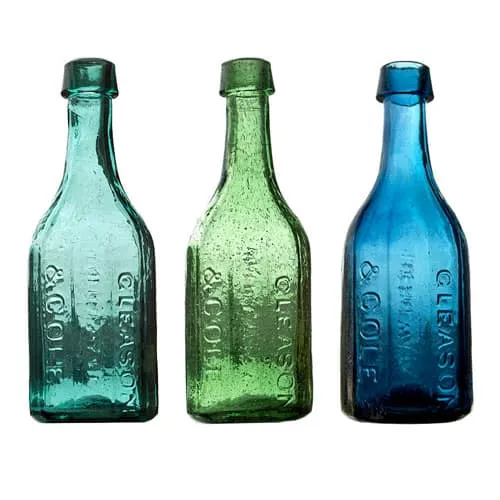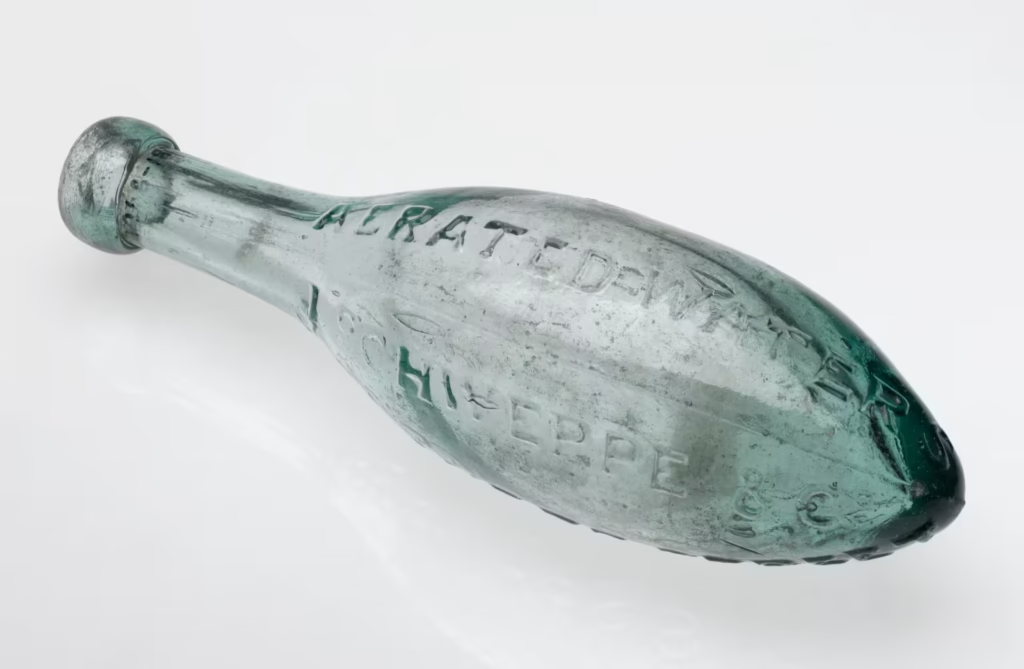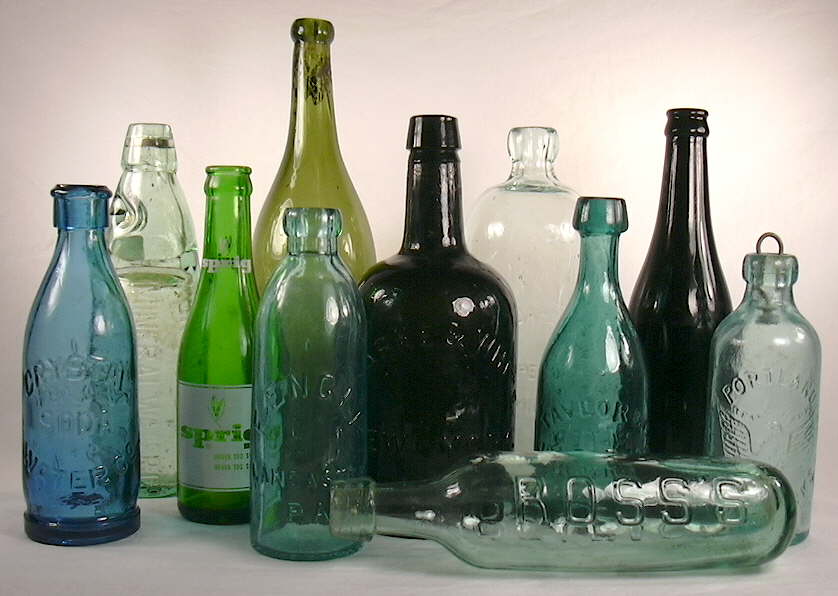The Surprisingly Long History of Bottled Water: From Sacred Springs to Supermarkets

Bottled water is a fixture of modern life—found in vending machines, gyms, cafes, and supermarkets across the globe. Whether for convenience, health, or taste, billions of people buy bottled water every year. Yet despite its image as a modern luxury, the history of bottled water stretches back centuries, intertwining with health fads, class divisions, religion, and industrial innovation.
From ancient spiritual springs to Victorian spas and 21st-century environmental debates, the story of bottled water is one of both reverence and reinvention.
1. Ancient Origins: Sacred Springs and Medicinal Waters
Long before bottling, people across ancient civilizations regarded certain water sources as holy or healing. Natural springs, often rich in minerals, were visited for both religious rituals and medicinal purposes.
Key Civilizations:
- Ancient Greece and Rome: Romans believed in the curative powers of mineral and thermal springs. Wealthy Romans traveled to spa towns like Baiae and Aquae Sulis (modern Bath in England).
- India: In Ayurvedic practice, water from specific rivers like the Ganges was considered purifying.
- Celts and early Europeans: Springs were often associated with deities and used for ritual offerings.
Though not bottled, these waters were transported in clay or metal containers and were often central to religious festivals or elite healing rituals.
2. Bottled Water Emerges in the Renaissance and Early Modern Period
The actual bottling of spring water began in Europe as early as the 16th century.
Notable Developments:
- Holy Well Bottling (UK, 1622): The Holy Well in Malvern Hills was one of the first documented cases of spring water being bottled and sold. Bottles were sealed with wax and sold to aristocratic and royal clients.
- Spa Towns (17th–18th centuries): Towns like Spa (Belgium), Vichy (France), and Bath (UK) gained popularity for their mineral waters. People believed these waters treated ailments like gout, kidney stones, and digestive problems.
- Glass bottles were used to transport water to urban centers, especially for the wealthy who couldn’t travel to spas themselves.
By the 1700s, bottled spring water had become a status symbol and an early form of medicinal consumerism.

3. Industrialization and the Growth of Bottled Water (19th Century)
With the advent of mass production and glass bottle manufacturing, bottled water became more accessible to the middle classes in Europe and the United States.
Key Milestones:
- Apollinaris (Germany, 1852): Marketed as the “Queen of Table Waters,” this sparkling mineral water gained popularity among British elites and was exported worldwide.
- Evian (France): Began commercial bottling in 1826 after a local nobleman claimed its spring cured his kidney and liver ailments.
- Poland Spring (USA): Began bottling water in 1845 in Maine, marketed for its purity and health benefits.
As understanding of waterborne diseases (like cholera and typhoid) grew, bottled water was seen as a safer alternative to often-contaminated urban water supplies—especially before modern sanitation.
4. The Rise of Sparkling Water and Carbonation
Another boost to bottled water’s popularity came from carbonation.
Joseph Priestley (1767):
The English chemist discovered how to infuse water with carbon dioxide, creating sparkling water. This process was further developed by Johann Schweppe, who commercialized carbonated mineral water in Geneva in 1783.
Schweppes quickly became a global brand, leading to the birth of not just bottled sparkling water, but the soft drink industry.
By the late 1800s, bottled soda waters and mineral waters were widely available across Europe and the Americas, sold both for health and pleasure.
5. 20th Century: From Health to Convenience
As public water systems improved in the 20th century, health concerns became less central, and convenience and taste began to drive bottled water sales.
Bottled Water in the 1900s:
- Post-WWII boom: Improved plastics (like polyethylene terephthalate, or PET) made bottled water cheap, lightweight, and disposable.
- Perrier: In the 1970s, Perrier launched a major ad campaign in the U.S. positioning sparkling water as a chic, European luxury, helping shift bottled water from health necessity to lifestyle product.
- Aquafina and Dasani: Launched in the 1990s by Pepsi and Coca-Cola respectively, these brands bottled purified municipal water, branding it for the convenience market.
By the end of the 20th century, bottled water had transitioned from a luxury health product to a ubiquitous, commodified good.
6. 21st Century Explosion — And Backlash
Bottled water is now a multi-billion-dollar global industry. As of the 2020s, bottled water sales have surpassed soft drinks in many countries, driven by fitness culture, portability, and concerns about tap water quality.
But Controversies Have Grown:
- Environmental impact: Billions of plastic bottles are produced annually, many of which end up in landfills and oceans. Critics call for reusable bottles and bans on single-use plastics.
- Corporate control of water: Companies like Nestlé have been criticized for extracting groundwater in drought-prone regions to sell for profit.
- Tap vs. bottled: In many developed nations, tap water is equally safe or even more regulated than bottled water. Some bottled waters are merely repackaged tap water.
At the same time, in regions lacking clean water, bottled water remains essential to public health.
7. Cultural and Global Variations
Different cultures have different relationships with bottled water:
- Japan and Korea: Emphasize mountain spring water purity and often tie it to wellness traditions.
- Europe: Mineral waters like San Pellegrino (Italy), Gerolsteiner (Germany), and Vittel (France) are often served at meals and valued for taste and origin.
- Africa and Southeast Asia: Bottled water is often a necessity, not a luxury, due to poor sanitation infrastructure.
Global brands compete with local waters, many of which have deep ties to regional identity and natural heritage.
8. The Future of Bottled Water
The bottled water industry is adapting to consumer demands for sustainability and transparency.
Emerging Trends:
- Plant-based or biodegradable bottles
- Water in cans (e.g., Liquid Death) to replace plastic
- Smart bottles with hydration tracking
- Filtered, refillable station networks in urban areas
Simultaneously, efforts to improve global access to safe drinking water are underway, blending humanitarian aims with environmental awareness.

Conclusion: An Ancient Luxury, a Modern Necessity
From sacred springs in antiquity to the shelves of corner stores, the story of bottled water reveals how culture, health, industry, and environment intertwine. Once reserved for the elite and the ailing, bottled water now sits in gym bags and office desks across the world—convenient, controversial, and increasingly reflective of deeper issues about health, equity, and sustainability.
Though its packaging may change, humanity’s quest for pure, portable water is as old as civilization itself.




